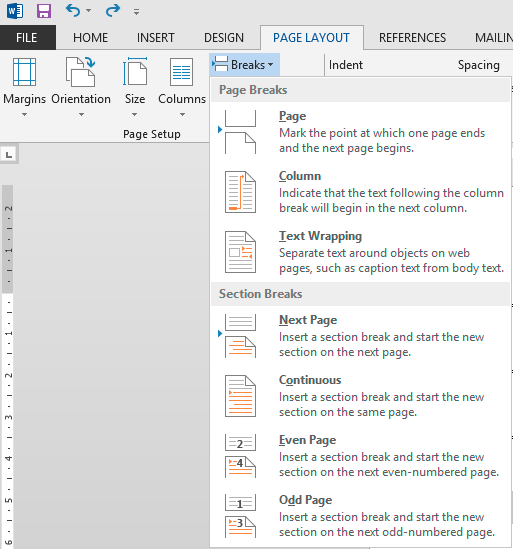

Now, however, you can hold down the Ctrl key and click to deselect any cells or ranges of cells within an existing selection. How many times have you selected multiple cells in a worksheet, only to realise that you've accidentally included one or more cells you don't want? In the past you'd have had to reselect it all again from scratch. The new Excel feature that got us excited is the ability to deselect cells.

If not, then you can give the DNS entries a try.The latest version of Excel shares some of Words improvements (including the new Draw tab tools and Translator) and offers some new features of its own, most notably the ability to publish to Power BI (Microsoft's business analytics service).Įxcel 2019 lets you visualise data in funnel and map charts Of course, you can always try downloading the AutoUpdate 3.4 update manually first to see if that will work. This solution might not be for everyone, but it’s worth a shot if you’re having a similar problem. That’s it! You should now be back in business and be able to download and install the updates. Launch any of the Office apps, then click Help > Check for Updates, then click Install. Now enter the following addresses: 8.8.8.8 and 8.8.4.4, then click OK. Next, click the DNS tab and then the Add (+) button at the bottom. Launch System Preferences and go to Network > Advanced. The not-so-obvious solution I have found for this is to use Google’s public DNS address. Either it’s a compatibility issue with OS XYosemite’s version, or Microsoft is not aware of the problem yet. It turns out the culprit was the DNS server Microsoft uses to connect to the public Internet. I even tried to download the update manually, but Microsoft’s Support page behaved unresponsive, even in alternative web browsers. Unfortunately, checking for Updates from the Help menu was not working. To download the latest updates for Office 2016, I needed to have AutoUpdate version 3.4 installed. Resolve Office AutoUpdate for Mac, not Working


 0 kommentar(er)
0 kommentar(er)
